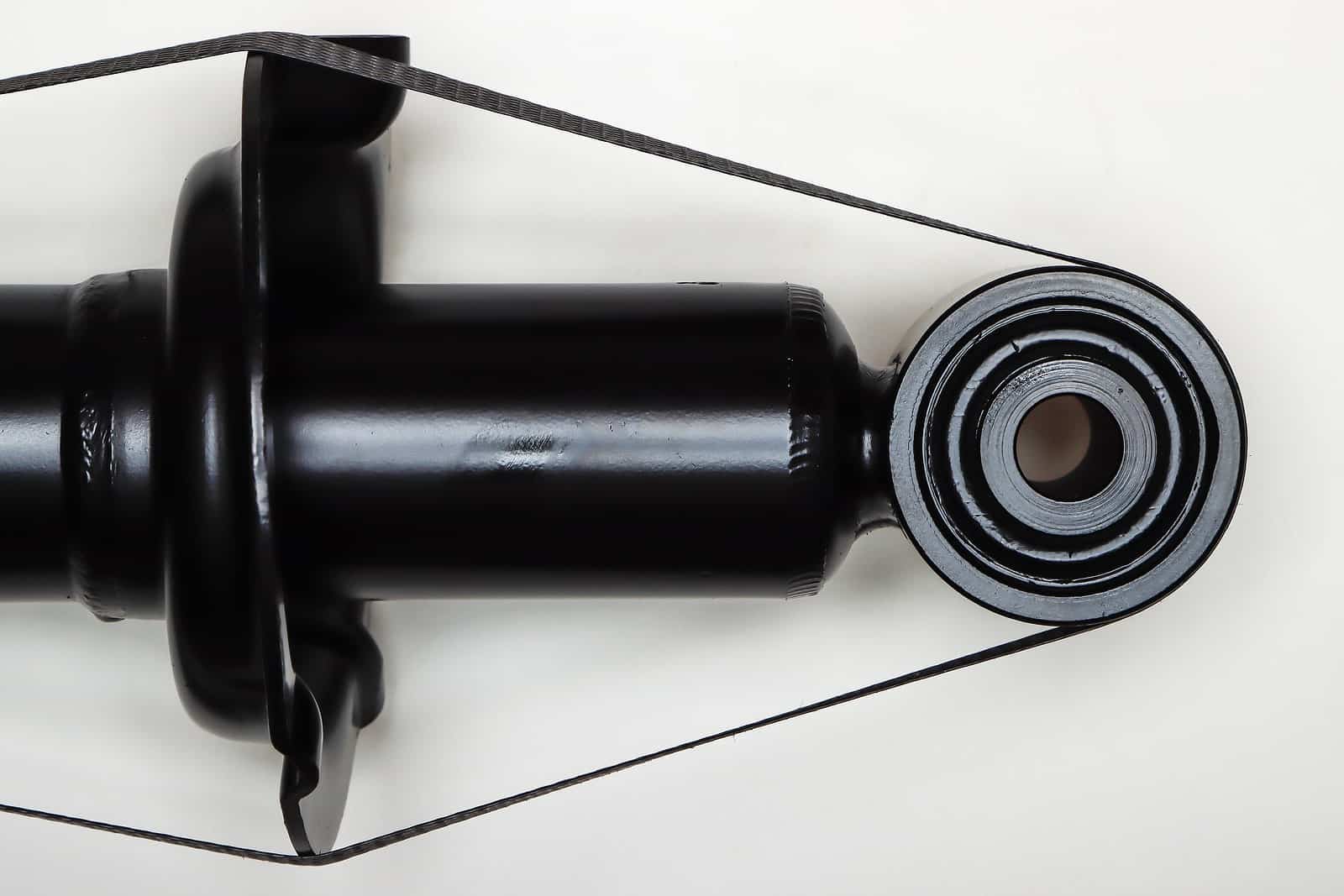
Shocks and struts are among the most overlooked components in modern vehicles, yet they are essential to ride comfort, safety, and handling. Many drivers take for granted how smooth today’s vehicles feel compared to decades past, but much of that performance comes down to a healthy suspension system.
Properly functioning shocks and struts don’t just improve comfort; they also play a critical role in:
- Shortening braking and stopping distances
- Improving emergency handling and collision avoidance
- Reducing body roll and tire wear
- Keeping all four tires firmly in contact with the road
If your shocks or struts are worn out, your vehicle’s safety, stability, and braking performance can suffer.
Understanding the MacPherson Strut
On most modern cars, the MacPherson strut is the most common shock and strut design. It combines a shock absorber and a coil spring into a single, compact unit.
Under normal driving conditions, shocks can cycle up to 1,700 times per mile. Each cycle compresses and extends the spring as the piston moves, with the strut mount absorbing road forces while preventing noise, vibration, and harshness (NVH) from reaching the cabin.
The strut mount often serves as a pivot point for steering, relying on ball bearings and plates to allow smooth movement when you turn the wheel.
Signs Your Shocks, Struts, or Strut Mounts Are Failing
If you notice any of these suspension problems, it may be time for a shock or strut replacement:
- Steering resistance or a “notchy” feel when turning, especially at low speeds or while stationary
- Memory steering, where the wheel does not return to center on its own
- Visible damage to the upper bushing in the strut tower, including excessive cracking or separation
- Popping or clunking noises when turning or driving over bumps
- Excessive bouncing or body sway while driving
Why Replace the Entire Strut Assembly?
When shocks and struts need replacement, many technicians recommend installing loaded struts. These come pre-assembled with the shock, spring, and strut mount as one unit. Benefits include:
- Restoring like-new ride quality and handling
- Avoiding damage to other components during disassembly
- Saving labor time with a faster, safer installation
- Benefiting from OEM-quality or redesigned components that correct flaws in the original factory parts
A loaded strut replacement can be especially cost-effective for high-mileage vehicles or those with significant corrosion.
How Suspension Issues Affect Other Vehicle Systems
Driving with worn-out shocks and struts doesn’t just impact comfort – it can create a ripple effect across other vehicle systems. Poor suspension performance can cause uneven tire wear, reduce brake efficiency, and place extra stress on steering components. Over time, this can lead to higher repair costs and more frequent maintenance.
A compromised suspension can also make your vehicle less predictable during emergency maneuvers, especially on wet or uneven roads. By scheduling regular suspension inspections and replacing shocks or struts when needed, you protect not just your ride quality but also the overall safety and performance of your vehicle.
Towson’s Trusted Suspension Experts
If you’re experiencing steering issues, excessive bouncing, or unusual suspension noises, Hollenshade’s Auto Repair Service in Towson, MD can help. Our expert technicians provide shock and strut replacement, suspension inspections, and brake performance checks at competitive, transparent rates.
Call (410) 828-5750 today or schedule an appointment to restore your vehicle’s comfort, handling, and safety. Contact us today.
